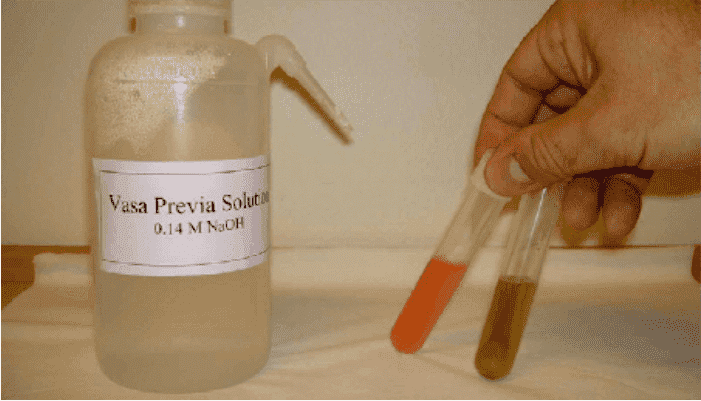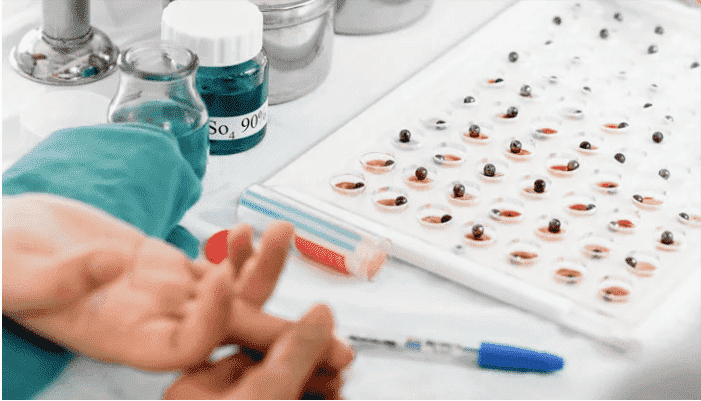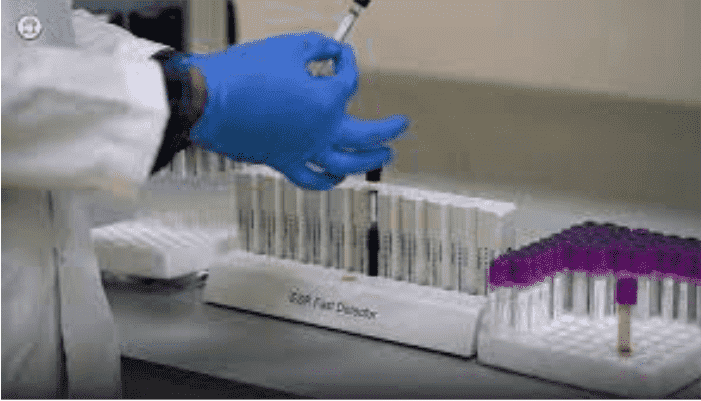Iron Stain (Bone Marrow): Prussian Blue Test & Sideroblast Detection
Synonyms
Bone Marrow Iron Stain, Hemosiderin Stain, Marrow Iron Stores, Perls’ Test, Prussian Blue Stain, Sideroblast Stain
Test Commonly Includes
Marrow cover slip smears stained for iron, and sections of marrow aspirate clot and/or bone marrow biopsy.
Specimen
Bone marrow glass cover slips or slide smears, marrow aspirate, or biopsy specimens.
Container
Prepared glass slides or cover slips at bedside. Clot fixed with formalin or other fixatives like B-5 or Zenker’s solution.
Collection
- Bone marrow aspirate collected aseptically by a physician.
- Simultaneous peripheral blood sample collected by a phlebotomist for smear preparation.
Reason to Reject Sample
- Dry tap (no bone marrow obtained)
- Absence of marrow particles on smears
Special Instructions
Requisition should include a brief clinical history.
Reference Range
Iron is typically absent in peripheral blood siderocytes. In bone marrow, iron is present in histiocytes or extracellularly. About one-third of rubricytes may show iron-positive sideroblasts (excluding ringed forms).
Use
- Semiquantitative assessment of bone marrow iron reserves
- Helps diagnose iron deficiency and hemosiderosis/hemochromatosis
- Essential for identifying sideroblastic anemia and refractory anemias
Limitations
Requires marrow spicules of adequate size for reliable results.
Methodology
The Prussian blue reaction produces a dark blue precipitate when ferric ions react with ferrocyanide in an acidic medium. Silver staining may help visualize ringed sideroblasts in certain cases but is not a replacement for Prussian blue staining.
Additional Information
- Prolonged decalcification (>2 hours) of biopsy samples may remove detectable iron, causing discrepancies between aspirate and biopsy results.
- Krause et al. found that only 35% of cases with iron-negative aspirates also had iron-negative biopsies, highlighting the risk of misdiagnosis without evaluating both.
- Increased iron stores may be seen in:
- Hemochromatosis
- Hemolytic anemias
- Ineffective erythropoiesis (e.g., thalassemia, megaloblastic anemia)
- Chronic disease anemia (especially inflammation)
- Ringed sideroblasts are rubricytes with mitochondria containing iron granules forming a ring around at least two-thirds of the nucleus. Seen in:
- Thalassemia
- Refractory anemia
- Sideroblastic anemia
- Vitamin B12 or folate deficiency
- Chloramphenicol toxicity
- Silver stain may reveal sideroblasts missed by Perls’ stain when iron is depleted, such as in GI bleeding-induced anemia. However, decalcified biopsies will test negative with silver stain.
References
- Jacobs, Demott, Finley, Horvat, Kasten JR, Tilzer. “Laboratory Test Handbook.” Lexi-Comp Inc, 1994.



